
Bitterly cold today, but a nice blue sky. (The opposite of warmth? I ask in a lame attempt to touch on the micro.blog photo prompt for the day.) 📷 #mbfeb

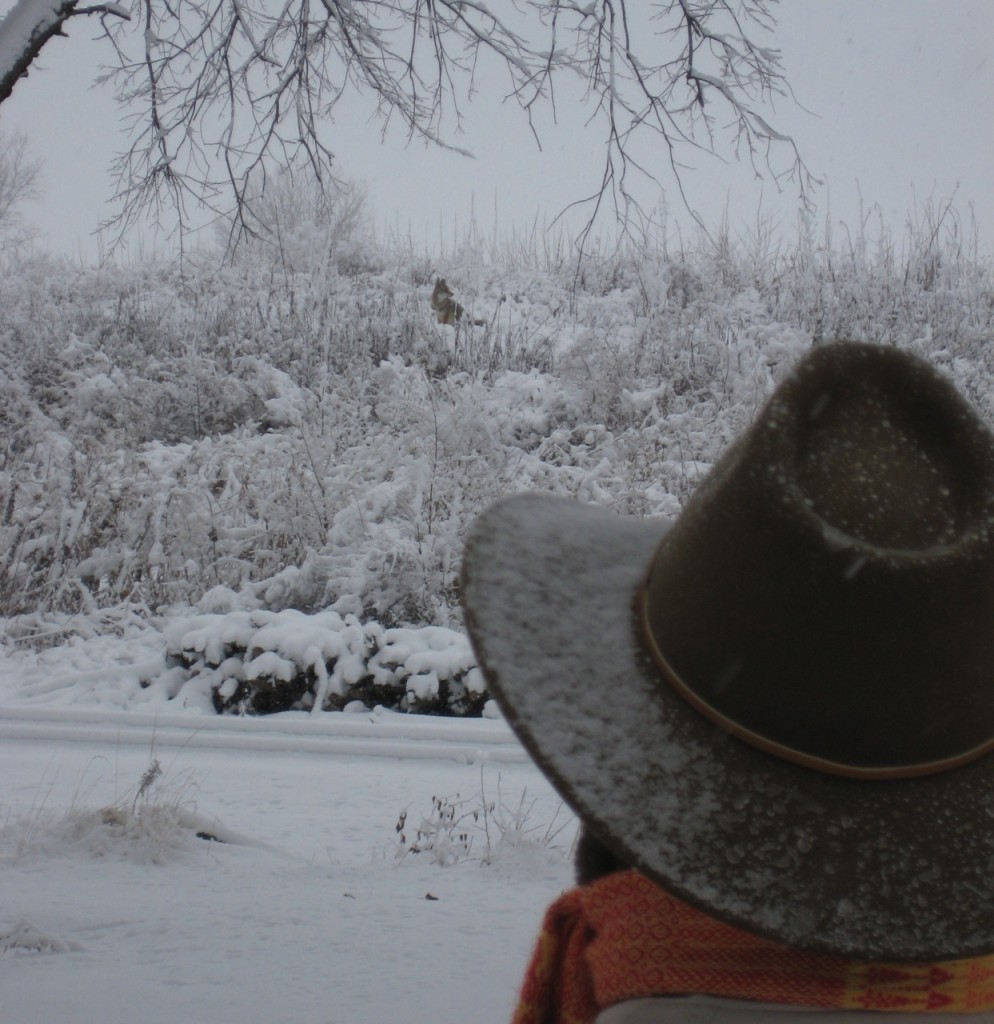 I’ve been slow to come to this realization. I rejected it in 2015, terrified that just accepting my winter depression would lead to a dangerous downward spiral. In 2016 I decided that I should experiment with acceptance. I still find it terrifying, but I am more and more convinced it’s the right thing to do.
I’ve been slow to come to this realization. I rejected it in 2015, terrified that just accepting my winter depression would lead to a dangerous downward spiral. In 2016 I decided that I should experiment with acceptance. I still find it terrifying, but I am more and more convinced it’s the right thing to do.
I told myself that I just wasn’t going to feel like I felt in the summer and that’s ok — winter is a time for different feelings. —The Secret to Enjoying a Long Winter via @randalleclayton
I bestirred myself to spend three hours yesterday digging up the flower bed in front of our house, separating lilies and daffodils, and mixing in compost. Jackie replanted the flowers that we’d thinned along with some Siberian squills and some irises. Now I can spend the winter dreaming of spring flowers.

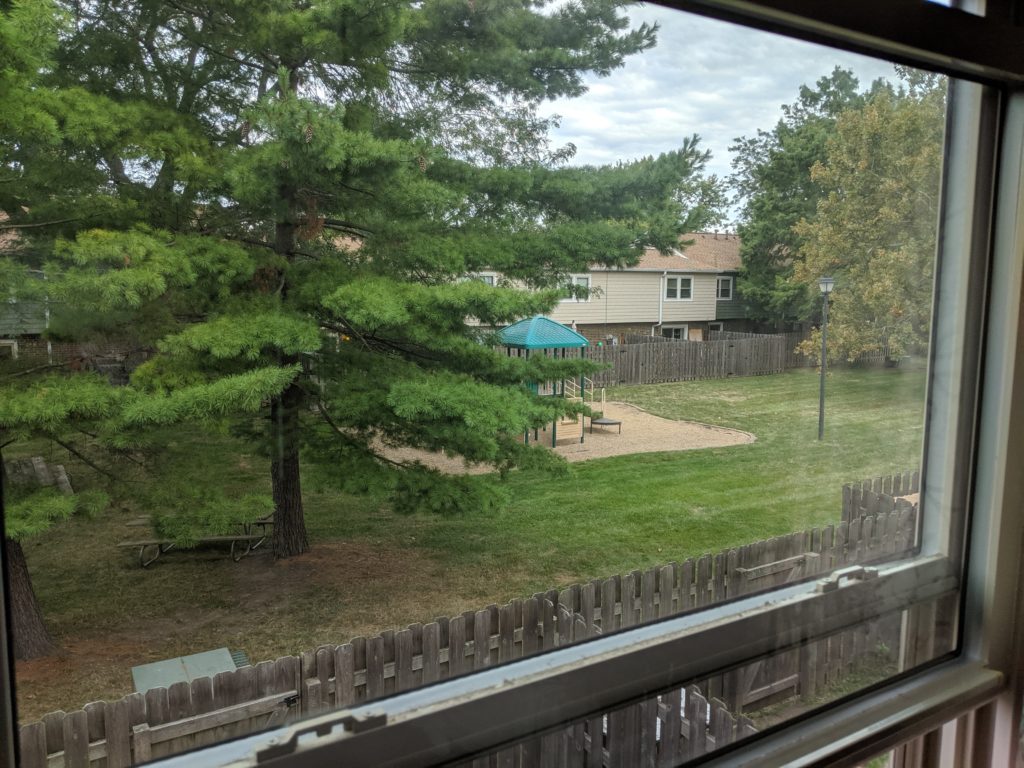
It’s the sort of deliciously cool day that would be a wonderful break from hot summer weather, if it didn’t fill me with horrible forebodings of the coming dark days of winter.
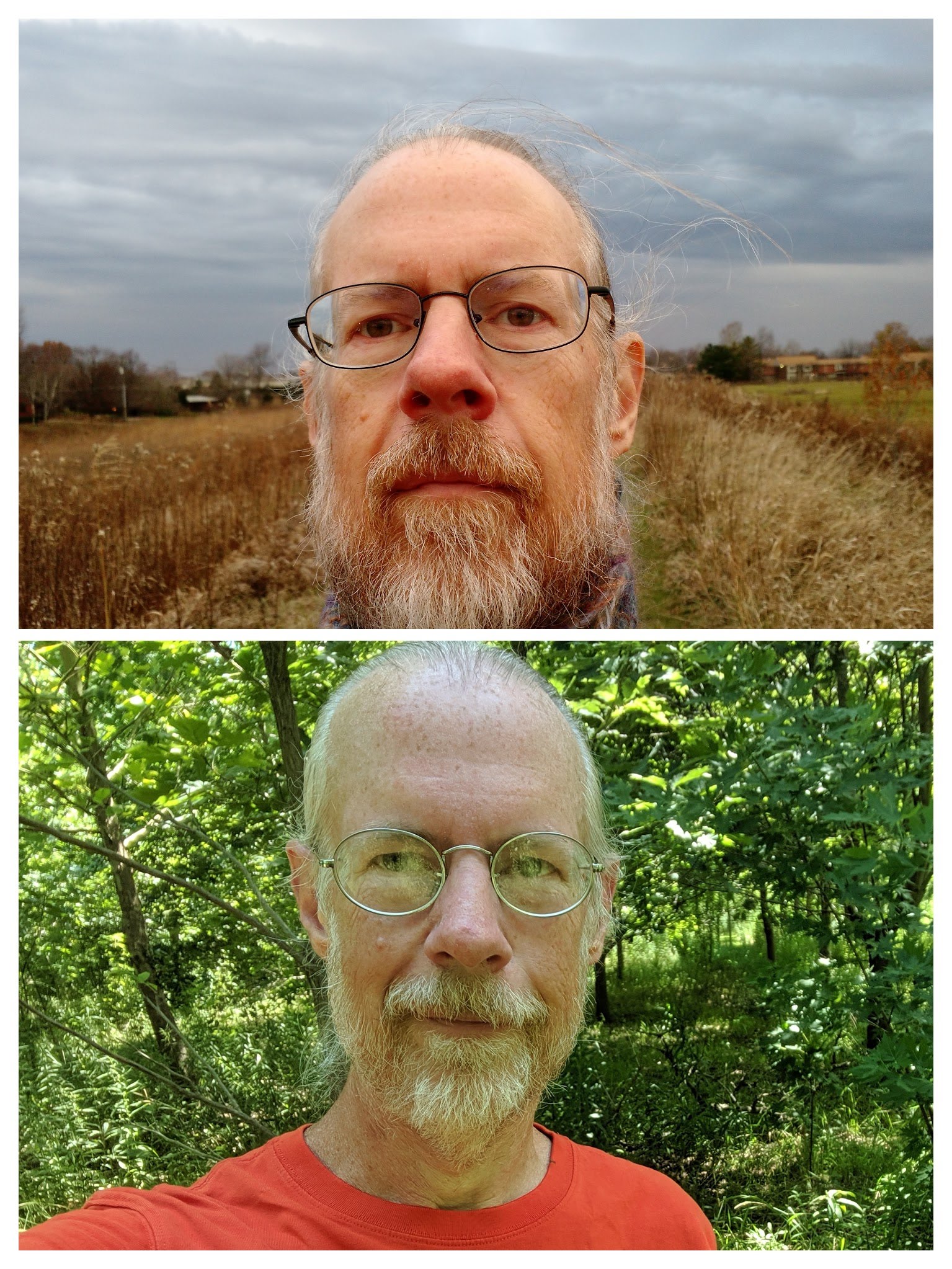
Google noticed that a selfie I took today looks kinda like one I took a few years ago. I think I must have been a little grumpy that day because of the approach of winter.
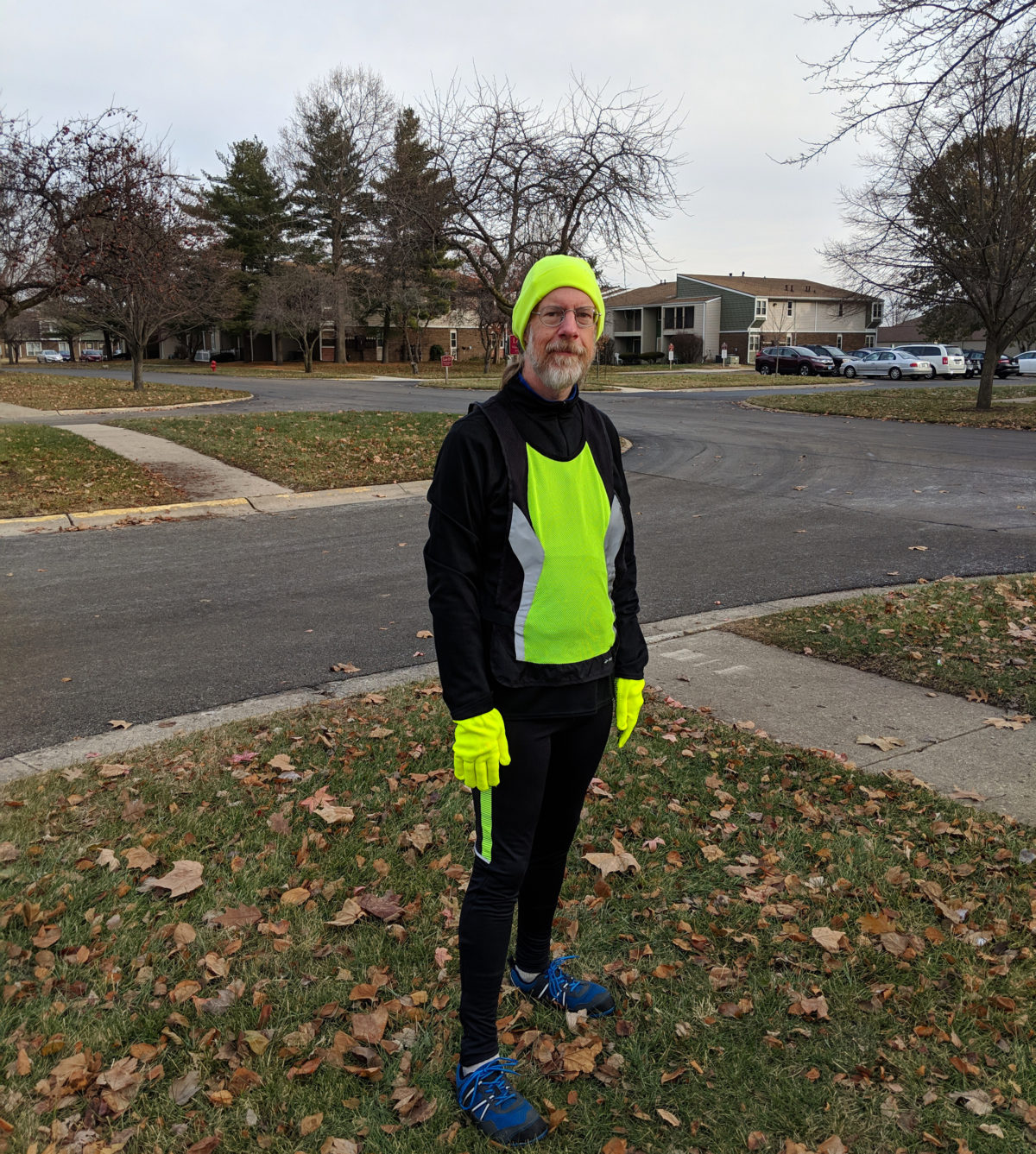
Every year I try and fail to establish a winter running habit. This year I managed, and learned a bit about why I usually fail.
In my imagination, the key has always been to keep running through the fall. As it gradually gets chilly and then cold I’ll gradually adapt.
That never works.
The main reason it never works is that seasons don’t work like that. One gets frequent warm days in early fall, then infrequent warm days in late fall, and then at some point—identifiable only in retrospect—there’s a last warm day, which is then followed by months of winter weather.
But it’s even worse than that, perhaps especially so for people like me who don’t have a regular job. Since I have pretty complete control over my schedule, I’m able to get out for my runs whenever the weather is optimal. In the summer I can run in the morning or evening when it’s not too hot. In the fall I can gradually shift my runs toward mid-afternoon when it’s not too cold.
The upshot of that is that I’m never confronted by gradually cooler temperatures when I go out for my runs. Rather, I get to run when the conditions are perfect right up to the last day of perfect conditions. Of course, there are days when conditions are imperfect all day, but I can adapt by just shifting my run to the next day or the day after—a strategy which works fine right up until late fall, when all of a sudden conditions are imperfect every day.
This fall as usual I failed to establish a running habit. I ran into mid-September, and then quit running for two months. But somehow I managed to get started again in mid-November, and proceeded to get in 24 runs from then until April Fools Day. Why this year and not other years? The answer comes out of looking at the reasons why I don’t run in the winter: Cold, dark, and ice.
For ice I have to chalk this success up largely to luck. We had an ordinary amount of snow this year, but the size of each snowstorm and the timing of warm and sunny bits after snowstorms meant that it was rarely more than a week or so before the sidewalks were clear enough that I could get out for a run. (In my running log I only spot five weeks with no running, and only one spot where two of those weeks are consecutive.)
For dark the credit goes back to my not having a regular job. There’s no boss expecting me to spend my daylight hours sitting at a desk. I can run whenever I want.
So it comes down largely to cold.
I have always been of the opinion that dealing with cold is just a matter of having the right gear, and I had some of it—a pair of very warm tights, a half-zip capilene top, some sweat pants, some mock-Ts, some sweatshirts, a silk baselayer, and a bright-red buff with reflecty bits.
To this I gradually added a machine-washable merino wool hat in high-viz yellow, a pair of high-viz yellow gloves, and a pair of lighter-weight tights suitable for wearing in moderate cold.
That little burst of consumerism turned out to be highly effective. First, it meant that I had the right clothes for the conditions, from pretty cold up to just barely too cold for shorts and a t-shirt. Second, because I wanted to give my new gear a try, I got out for at least three (probably more like six) runs that I’d otherwise have skipped, just because I wanted to wear my new tights or my new hat.
And so, for the first time since 2004 I have come into spring with a running base that prepares me for serious training right off the bat. I can comfortably run 10k, so I could compete in any 5k or 10k race this spring. I could easily be in shape for the 7.1-mile Lake Mingo Trail Race in early June. I’m probably within striking distance of being in shape for a half-marathon (although not the Illinois Marathon half-marathon in less than three weeks).
Mainly though, I’m in shape to just keep running on through the spring and summer. And maybe, just maybe, next fall.
Behold a gallery of running-related images from the winter, most of which were shared to my twitter feed sometime along the way:


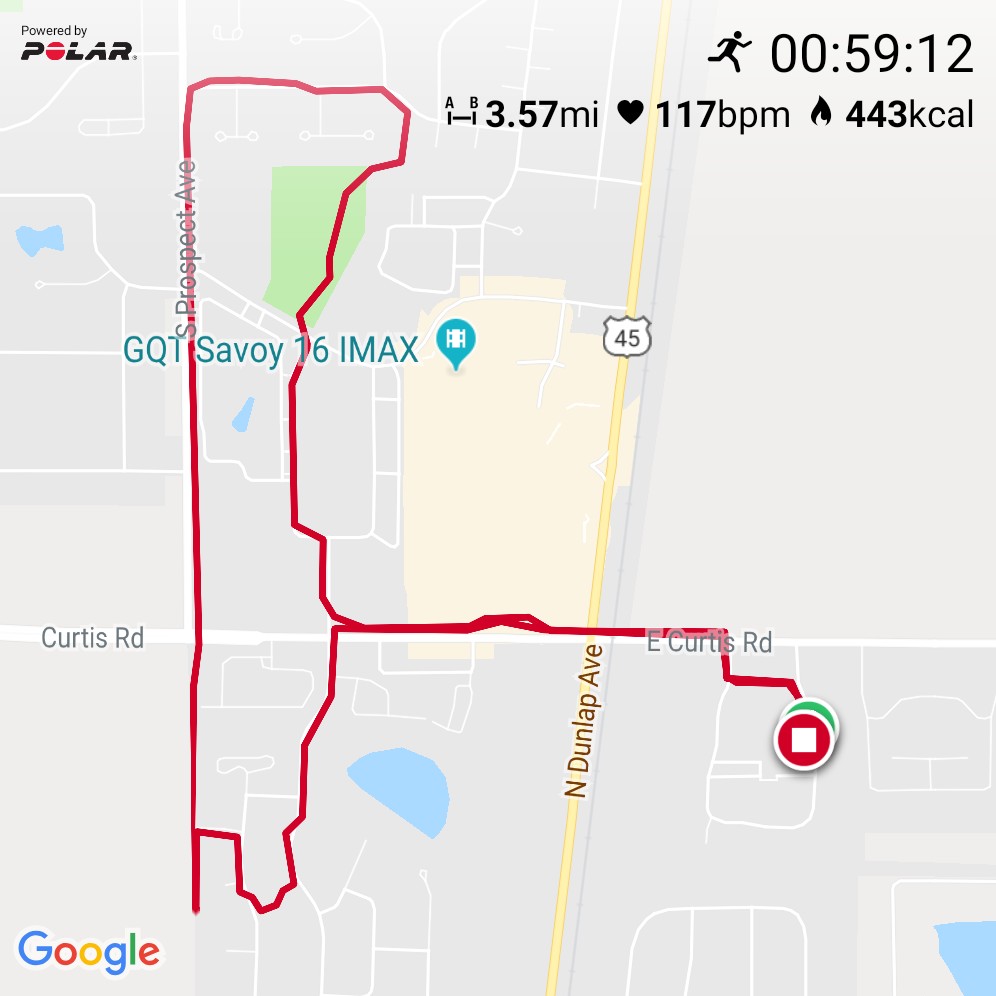

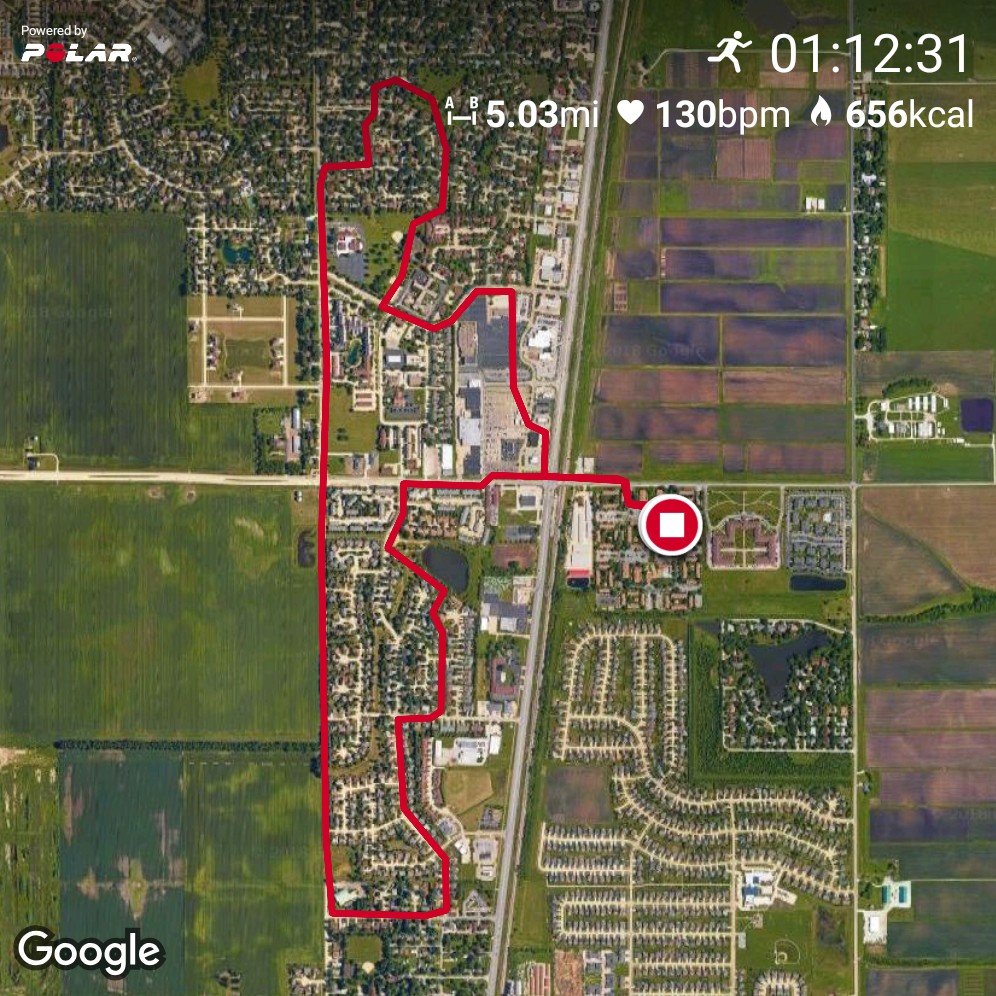
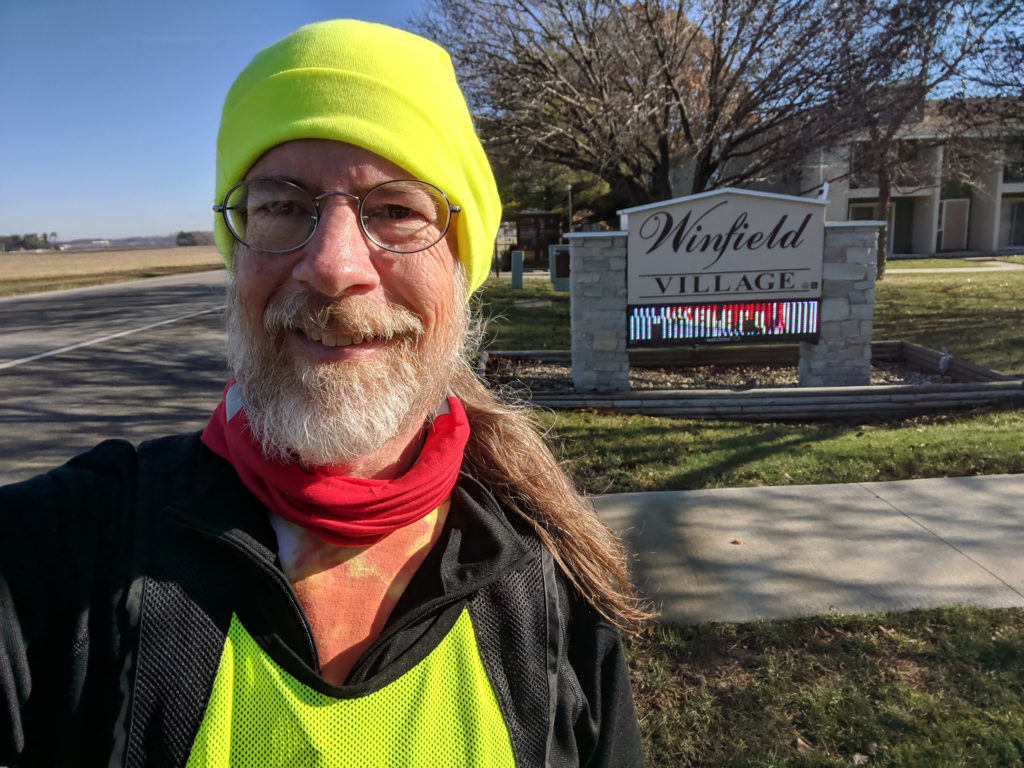
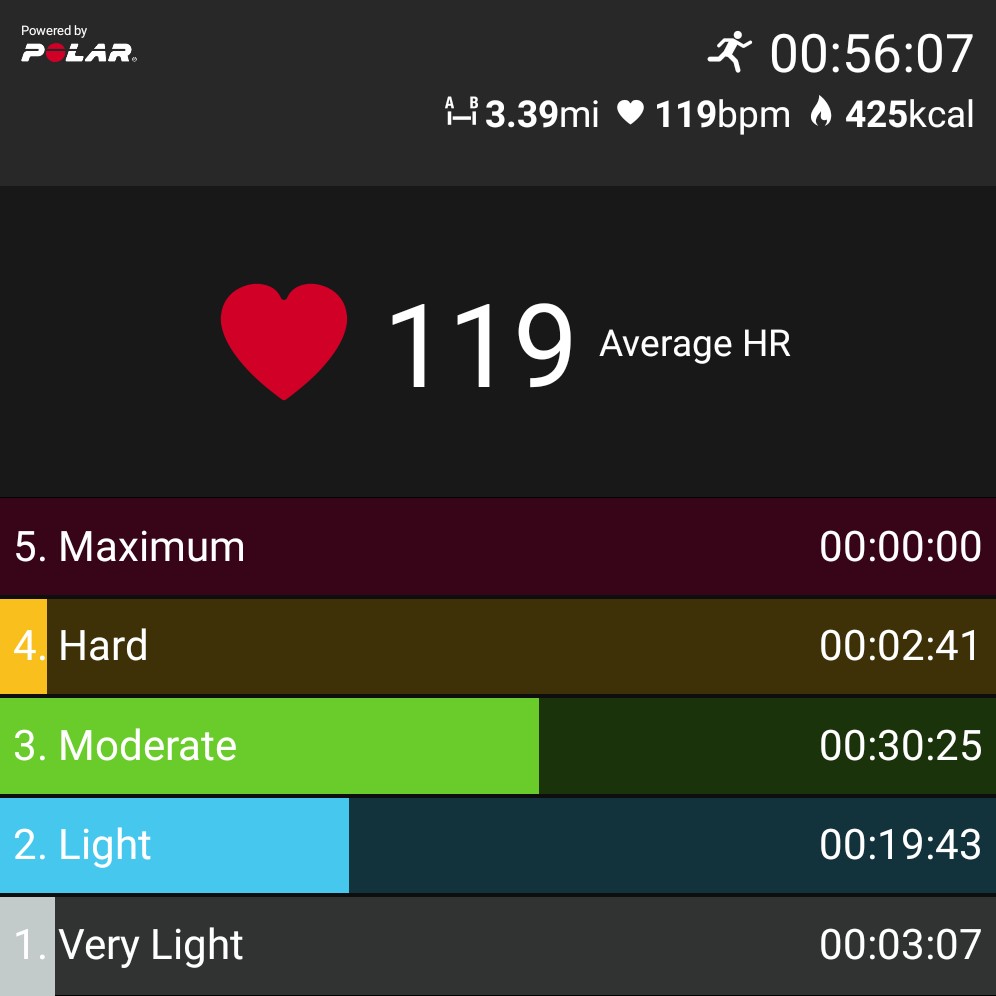

“After having been cold for six months, I’m about ready to spend some time being warm,” I say as I crank the thermostat up to 72℉.
There’s something—maybe just something cultural, maybe something embedded in the human genome—but something about the cold dark days of winter prompts me to want to preserve and protect things.
I have a wooden spoon that I use to stir up Bubbles, our sourdough starter. (Folk wisdom is to avoid using metal tools with a sourdough starter.) I’ve used this spoon for many years now, and after all those years the wood was getting a bit furred.
So last week I got out some sandpaper, sanded down the rough bits, and then treated the wood with oil. I did the same thing with the wooden cutting board we use for the bread loaves.
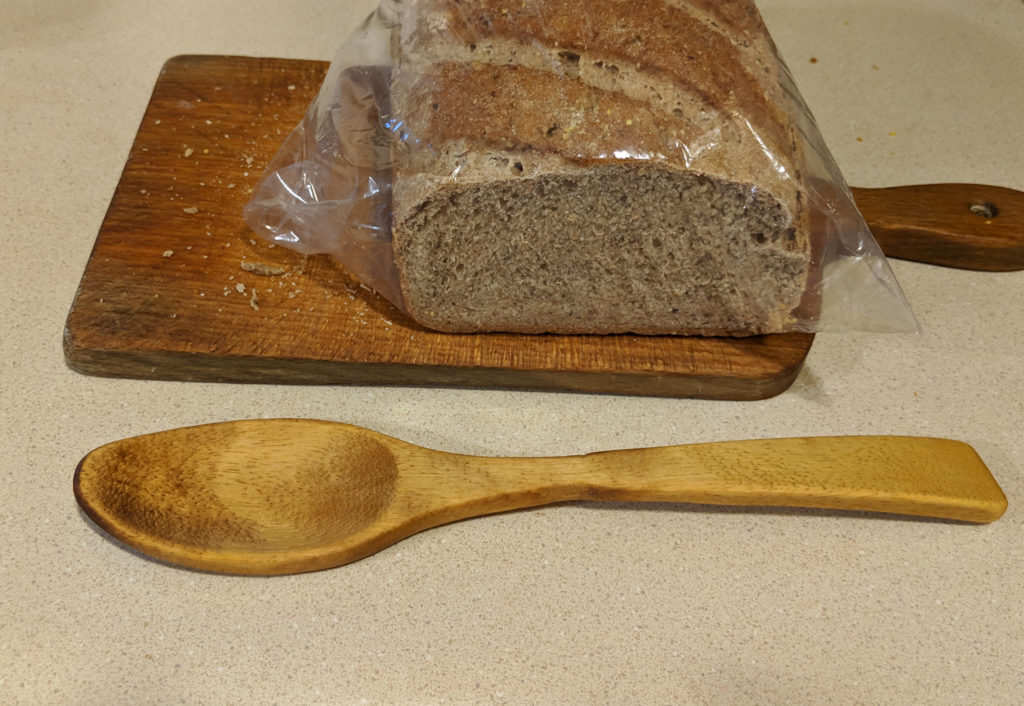
With this task in mind, I got some flaxseed oil at the grocery store, with an eye toward it being a pretty finishing oil, as well as being food-safe.
I also have a leather jacket that I got more than 25 years ago when I was learning to ride a motorcycle, and that was similarly showing its age, and also needed a nice rubbing down with oil.

For the leather jacket I used neatsfoot oil. (It’s worth following that link. Neatsfoot oil is interesting stuff.) As long as I had the neatsfoot oil out, I went ahead and oiled a pair of leather boots too.
In all these cases I’m pleased with the results—I protected and preserved something, while also making it more beautiful. But more pleasing than the results, I think, was the process. Rubbing something with oil is a simple process, but one that rewards mindfulness in a way that makes it inherently meditative.
It makes caring for your stuff into a form of self-care, in the dark days of winter.